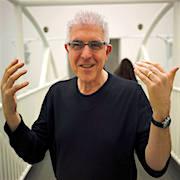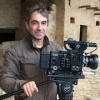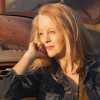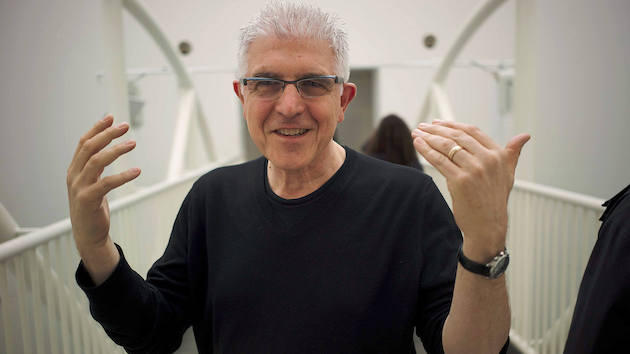
Expectedly — and with afterthought, not a surprise — a phone conversation with sound sculpture artist Bill Fontana is textured with sonic anomalies.
“Ping, ping,” warns his Nissan Leaf before San Francisco-based Fontana announces, like a narrator, “I’m driving an electric car. It only makes a sound when it’s backing up.” Later, the phone’s “whoosh, whoosh” while on hold during a call from his 17-year-old daughter establishes that silence is not quiet. A Bluetooth bloats the vowels in Fontana’s words, lending a sonorous, luxurious underwater effect. Syncopated accents arrive with a car-door slam, unexplained rhythmic ticking, traffic noises.
The auditory circumstances are not unlike those found in Fontana’s work, which explores mechanical, industrial, and organic sound and, increasingly, video imagery. Interactive installations in public spaces and buildings worldwide extend to include transformational exhibitions at the Whitney Museum of American Art, San Francisco Museum of Modern Art, Tate Modern and Tate Britain in London, Art History and Natural History Museums in Vienna, among others, and projects for the BBC, National Public Radio, Radio France, and more.
In the Bay Area, his Landscape Sculpture With Fog Horns at Fort Mason (1981) featured eight microphones transmitting sounds of birds, water, and foghorns gathered from distal points. A new version of the piece, opening February 14 in the same location, has the 1981 recording made by KQED playing simultaneously with updated, real-time sounds. In many ways, it will be for audiences a rendition of what Fontana hears when he listens. “Whenever I listen to a sound, I remember other sounds that relate to it. I feel like I have a multiple playlist playing all the time.”
Fontana’s childhood, growing up in a mostly Italian American neighborhood near Cleveland, Ohio, included visits to the Cleveland Museum of Art, Cleveland Orchestra, and listening to street vendors. “I remember a fruit and vegetable vendor who had a distinctive call to announce his presence as he drove around in his truck,” says Fontana. “Ever since I can remember as a kid, I was interested in sound and art.”
A tendency to hyperfocus on sound developed into listening to pauses and finding in them patterns while studying and creating music during his teen and young adult years. After more than 50 years composing music, he says paying attention to musical properties is a form of meditation. “It’s been organic and has cultivated an ability to focus. It’s not something I turn on and off.”
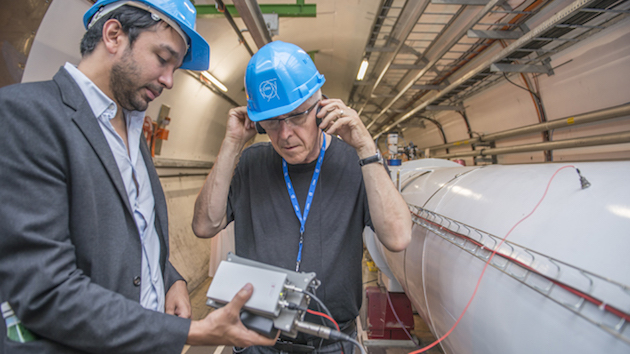
Even so, Fontana earmarks an assignment he received in the 1970s as “a dream job” that forever altered the course of his career. Traveling around Australia to “record what it sounded like,” he found himself in an old growth rainforest during a total eclipse of the sun. “Minutes before, the light got really strange. Shadows sparkled and all the birds started singing at the same time. When the eclipse arrived, it went entirely silent. I realized that wouldn’t happen again for 5,000 years. It was special. I decided to embrace real-time relationships between the environment and sound.”
That story, and others like it, will likely be topics February 15, when Fontana makes a rare appearance at Berkeley’s David Brower Center to participate in the Nature of Music series presented by Other Minds. Excerpts from projects, perhaps like Acoustical Visions, a site-specific piece that incorporated video and live audio recording of the Golden Gate bridge that was included in a show about the bridge’s 75th anniversary, will add local relevance to his presentation.
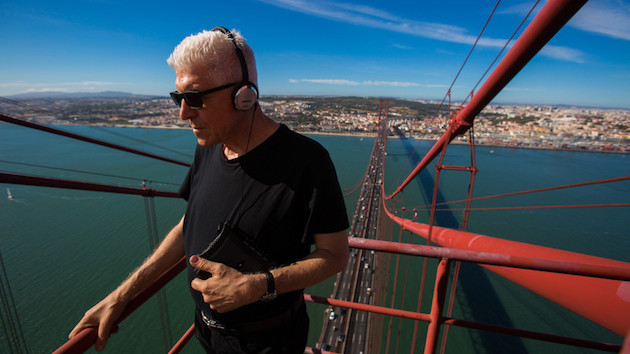
Regardless of location, Fontana’s observations on sound and the passage of time reflect shifting cultures in an ever more globally connected world. In Venice, where vehicles are not allowed on the city’s narrow streets, he says sound is transparent and details emerge in the urban environment. Similar “hush” was the purpose of Sound Island, a 1994 work installed on the exterior of the Arc de Triomphe in Paris that had a network of microphones and speakers on the monument’s exterior. Created in commemoration of D-Day, the recording of waves crashing against rocky cliffs on France’s Normandy coast had emotional and sonic impact. “The sound of the sea was vivid, cancelling out the huge number of vehicles circling,” he recalls. Fontana predicts the advent of autonomous vehicles and robotic industrial engineering will act like dampers as they replace the urban sounds of engines and machinery with near-silent operation.
Asked about the repercussions of people listening to music or sound mostly through headsets or similar devices, Fontana says it creates alienation from urban or natural environments. “People use the listening experience to isolate themselves from the sounds around them. They think of it as noise, as negative.” Instead, by allowing interaction between listener and environmental sound, he suggests novel, unexpected connections can form.
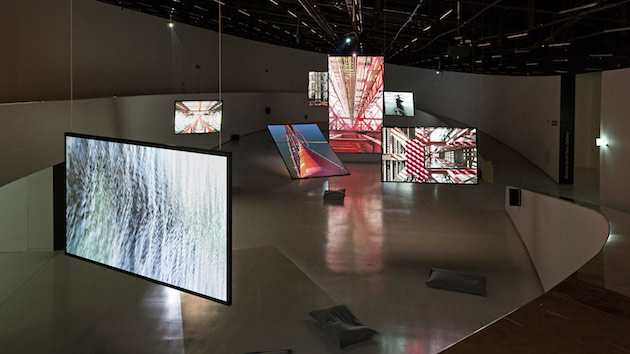
Speaking of adding video — a topic he embraces with unbridled enthusiasm — Fontana’s voice rises a half-octave, as if returning to his adolescence. A current commission to travel around the world to record power sources for an art film involves long-time video. “I’m recording the same location at different times of day and lighting conditions. I started mixing the moving images: landscapes with steam and gas rising and interacting with light, layering images on top of each other. It makes me feel like a young artist. It’s great to have something new and exciting in your life at age 70.”
Tickets, details, and more information about Bill Fontana’s presentation, The Nature of Music, are available at Eventbrite.
CORRECTION: This story as originally published misidentified the bridge in the caption of the photo above as the Gold Gate Bridge. It is the 25th of April Bridge in Lisbon, Portugal. We regret the error.

